A woman in her 40s with acute chest pain and shortness of breath
Dr. Smith's ECG Blog
NOVEMBER 21, 2024
Smith : This is classic for pulmonary embolism (PE). Acute pulmonary embolism was confirmed on CT angiogram: The patient did well. See our other acute right heart strain / pulmonary embolism cases: A man in his 50s with shortness of breath Another deadly triage ECG missed, and the waiting patient leaves before being seen.

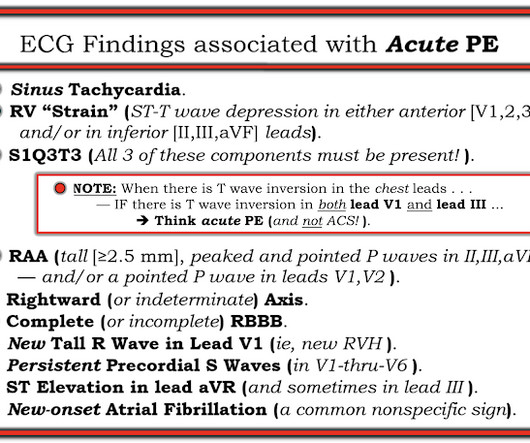
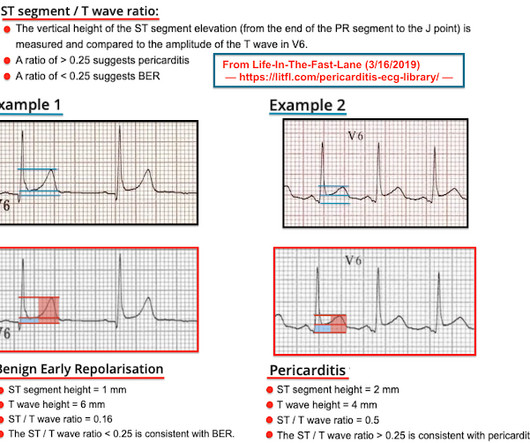
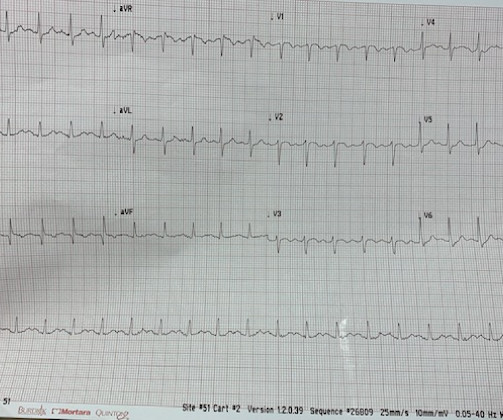
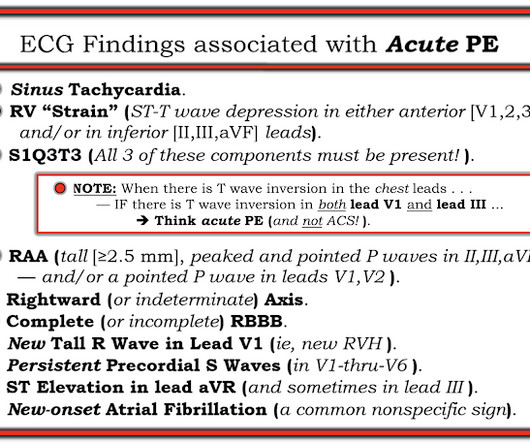
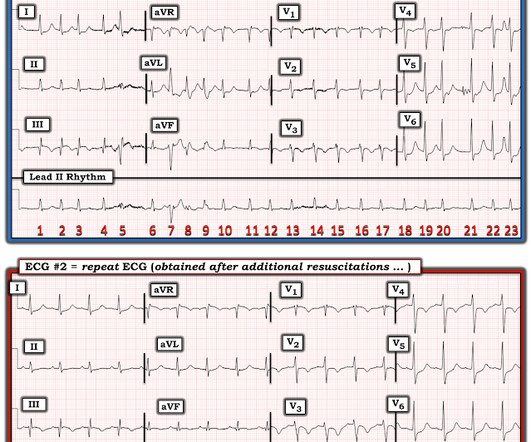

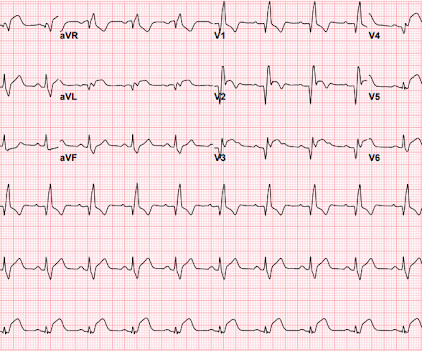






Let's personalize your content